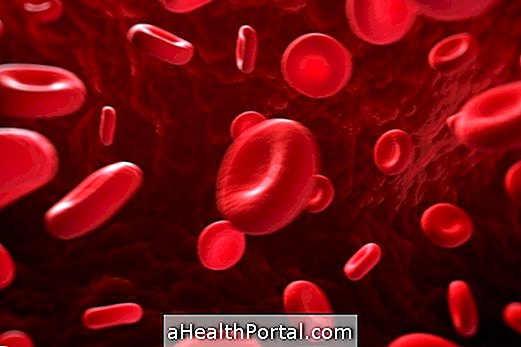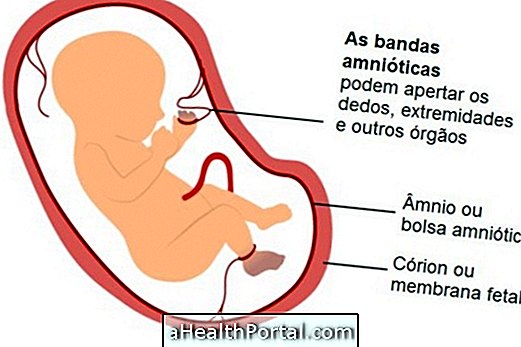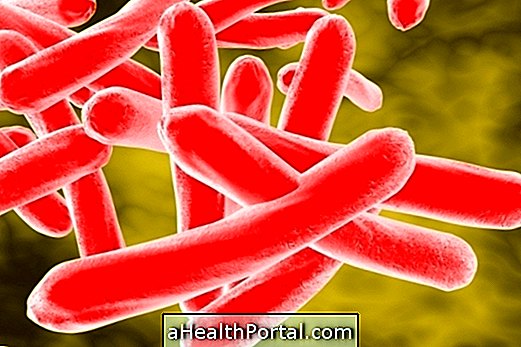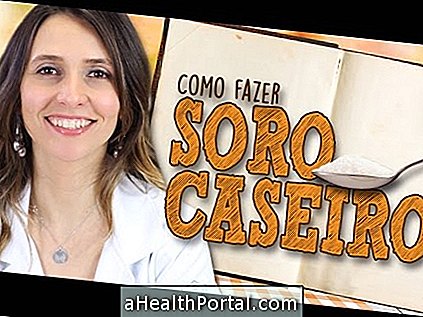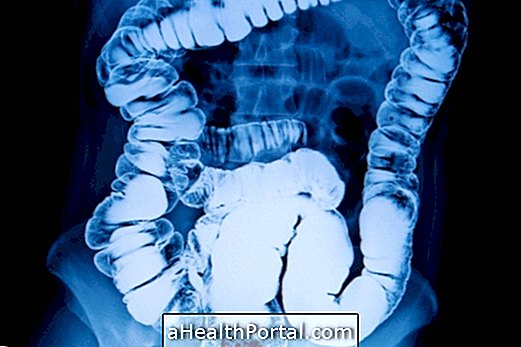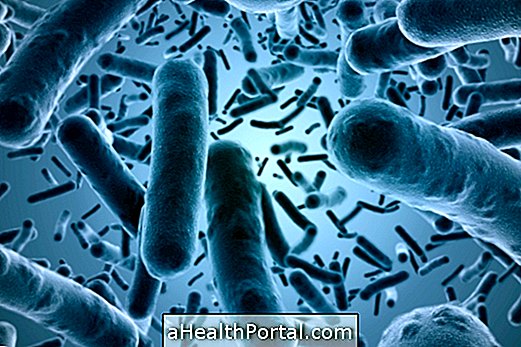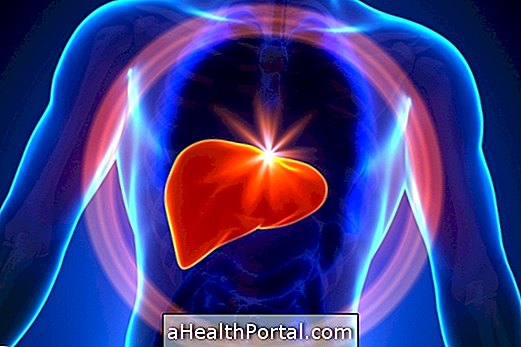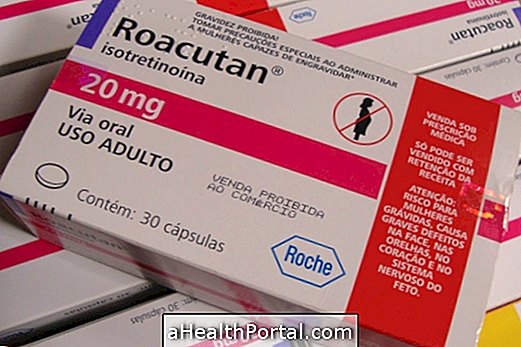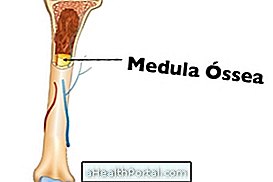Treatment for epilepsy serves to decrease the number and severity of seizures, as there is no cure for epilepsy.
The treatment can be done with medication, electro-stimulation and even with surgery to the brain and, therefore, the best form of treatment must always be evaluated with a neurologist, according to the intensity of the crises of each patient, for example.
In addition to these proven techniques, there are still some methods being tried, such as cannabidiol, which is a substance made from marijuana and that can help regulate the electrical impulses of the brain, decreasing the chances of having a crisis.
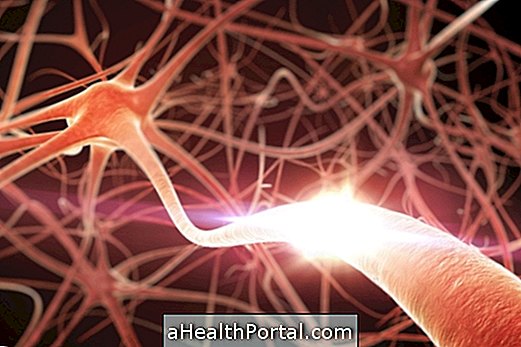
1. Medications
The use of anticonvulsant drugs is usually the first treatment option, since many patients stop having frequent seizures with only the daily intake of one of these drugs.
Some examples include:
- Phenobarbital;
- Valproic acid;
- Phenytoin;
- Clonazepam;
- Lamotrigine;
- Gabapentin
- Valproate semisodium;
- Carbamazepine;
However, the drug and the correct dose can be difficult to find, so you need to look for new crises so the doctor can assess the effect of the drug over time, changing it if necessary.
Although they have good results, continued use of these medications can cause some side effects such as tiredness, loss of bone density, speech problems, memory impairment and even depression. That way, when there are few seizures for 2 years, the doctor can stop using the drug.
2. Stimulation of the vagus nerve
This technique can be used as a substitute for drug treatment, but it can also be used as a complement to the use of medicines, when reducing seizures is still not enough.
In this method of treatment, a small device, similar to a pacemaker, is placed under the skin in the chest region, and the wire is placed to the vagus nerve that passes through the neck.
Electric current through the nerve can help alleviate up to 40% of epileptic seizures, but it can also cause some side effects such as sore throat or a feeling of shortness of breath, for example.
3. Ketogenic diet
This diet is widely used in the treatment of epilepsy in children because it increases the amount of fats and reduces carbohydrates, causing the body to use fat as a source of energy. In doing so, the body does not need to carry glucose through the brain barrier, which lowers the risk of having an epilepsy crisis.
In these cases, it is very important to have regular follow-up of a nutritionist or doctor, to ensure that the amounts of nutrients are being well respected. After two years without crises, the doctor may slowly withdraw food restrictions from children, because in many cases, crises disappear completely.
Understand how the ketogenic diet should be done.
4. Brain surgery
Surgery is usually only done when no other treatment technique was sufficient to decrease the frequency or intensity of seizures. In this type of surgery, the neurosurgeon can:
- Remove the affected part of the brain : as long as it is a small part and does not affect the overall functioning of the brain;
- Electrode implantation in the brain : help regulate electrical impulses, especially after the onset of a crisis.
Although most of the time it is necessary to keep the use of medicines after surgery, the doses can usually be decreased, which also reduces the chances of suffering with side effects.
How treatment is done in pregnancy
Treatment for epilepsy in pregnancy should be avoided because anticonvulsants may cause changes in the baby's development and malformations. See more about risks and treatment here.
Women who have regular epileptic seizures and need medication to control them should counsel with their neurologist and change medication for medications that do not have as many side effects on the baby. They should also take 5 mg of folic acid before and during pregnancy and vitamin K should be given in the last month of pregnancy.
One way to manage seizures in pregnancy is to avoid the factors that cause epilepsy in women and to use relaxation techniques to avoid stress.
